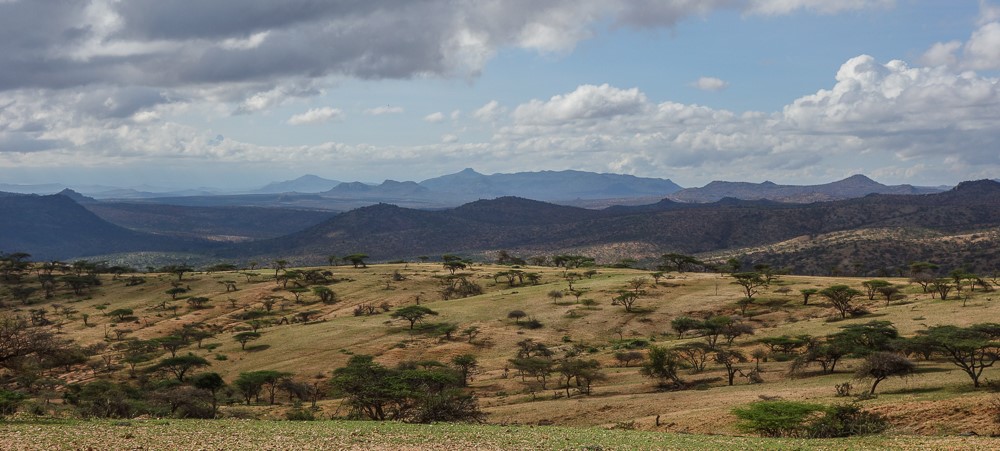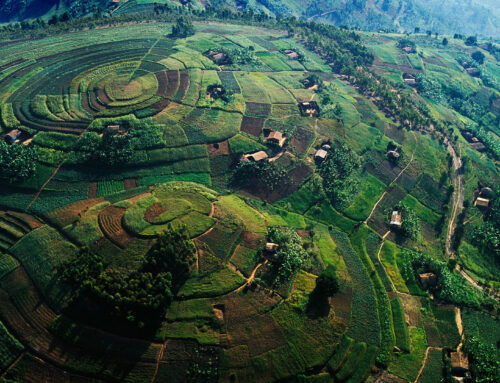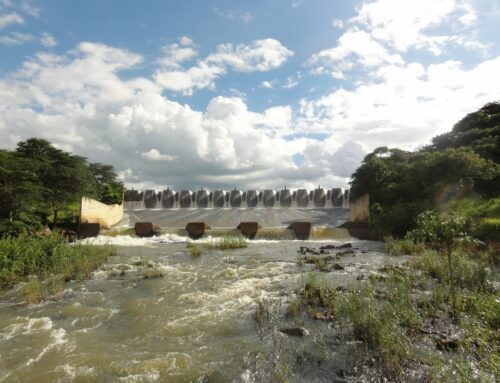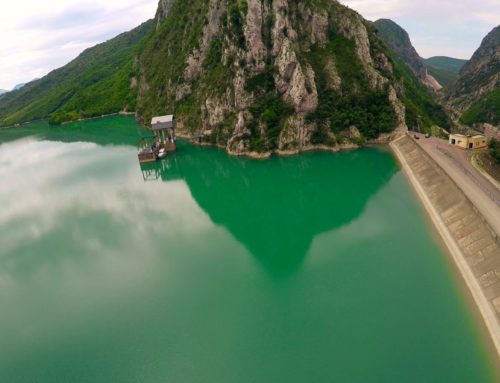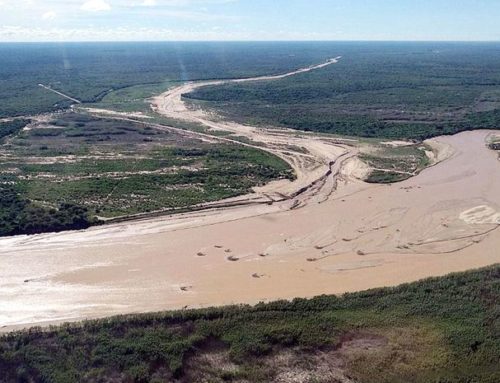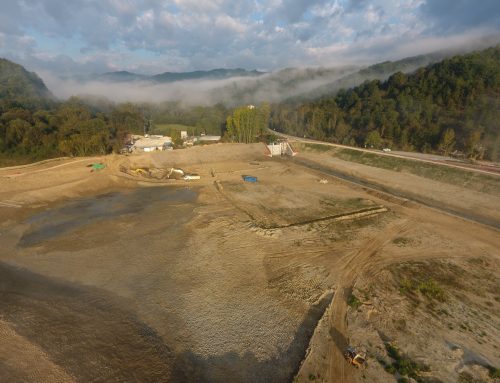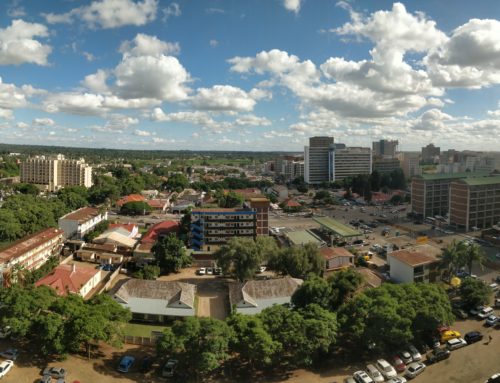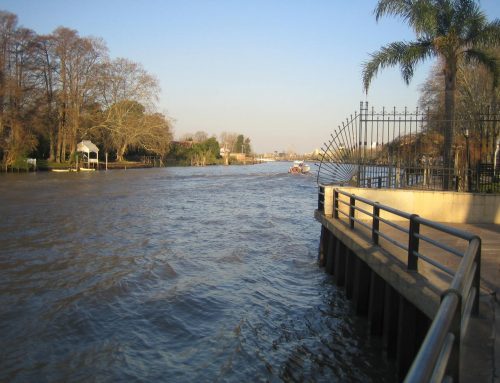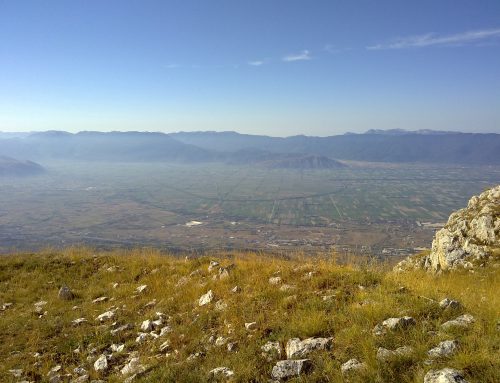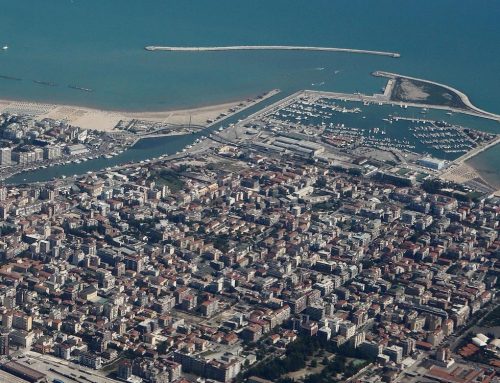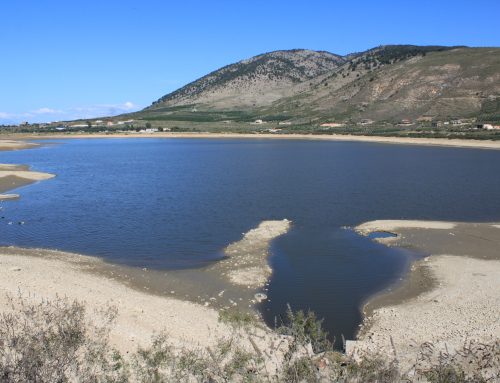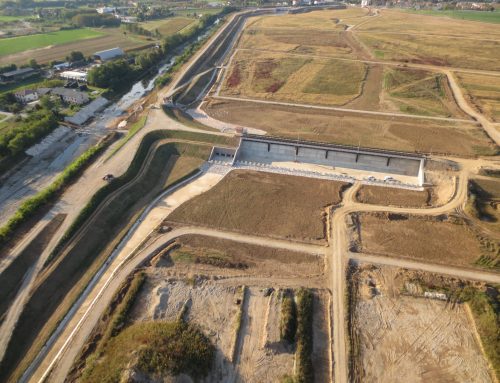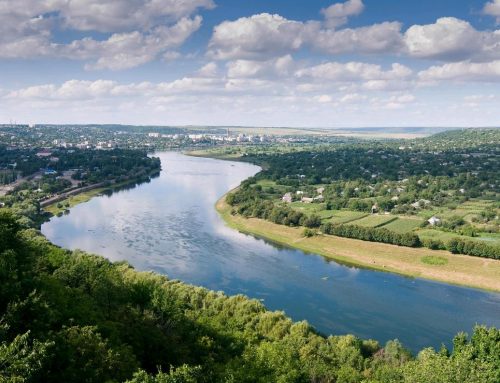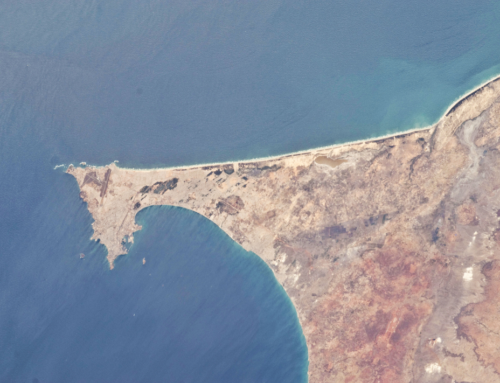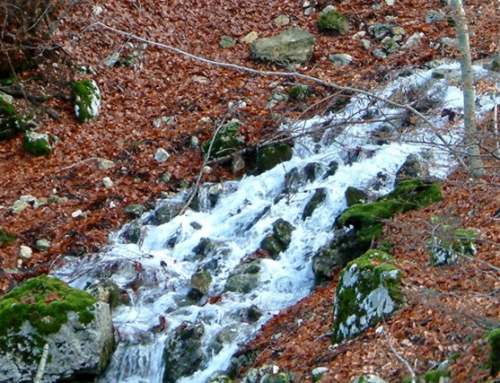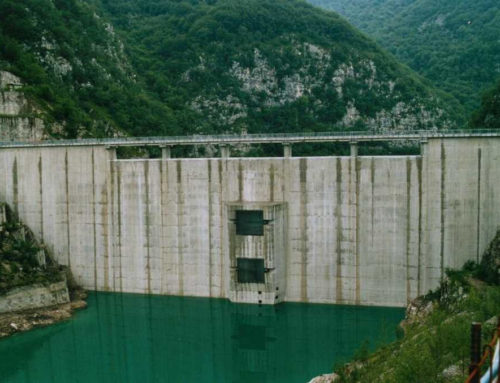The Government of Kenya has received financing from the African Development Fund to support the Kenya Sustainable Towns Water Supply and Sanitation Programme. The program aim at contributing to the quality health of life and reducing poverty levels of the population of Kenya through the provision of water and sanitation services on a sustainable basis.
The main objective of the program is to improve the access, availability, and sustainability of water supply and wastewater management services in multiple towns with a view to catalyzing commercial activities, driving economic growth, improving the quality of life of people, and building resilience against climate variability and change. The project area falls within the Rift Valley Water Services Board area of jurisdiction, in Baringo County. The project proposes the abstraction of water from the proposed Amaya dam for both domestic and irrigation. The proposed Amaya new dam is located in Tiaty Sub County (Kenya). The project’s main target is to supply domestic and irrigation water using the water of the Amaya stream.
Project objectives include the implementation of the dam along the Amaya river (10 Mm³ basin), the water treatment plant, the water supply network (214 km long) serving a population of 100,000 PE (2040 forecast), and supporting local livestock activities, as well as a demonstration irrigation area (20 ha) in the Amaya valley.


